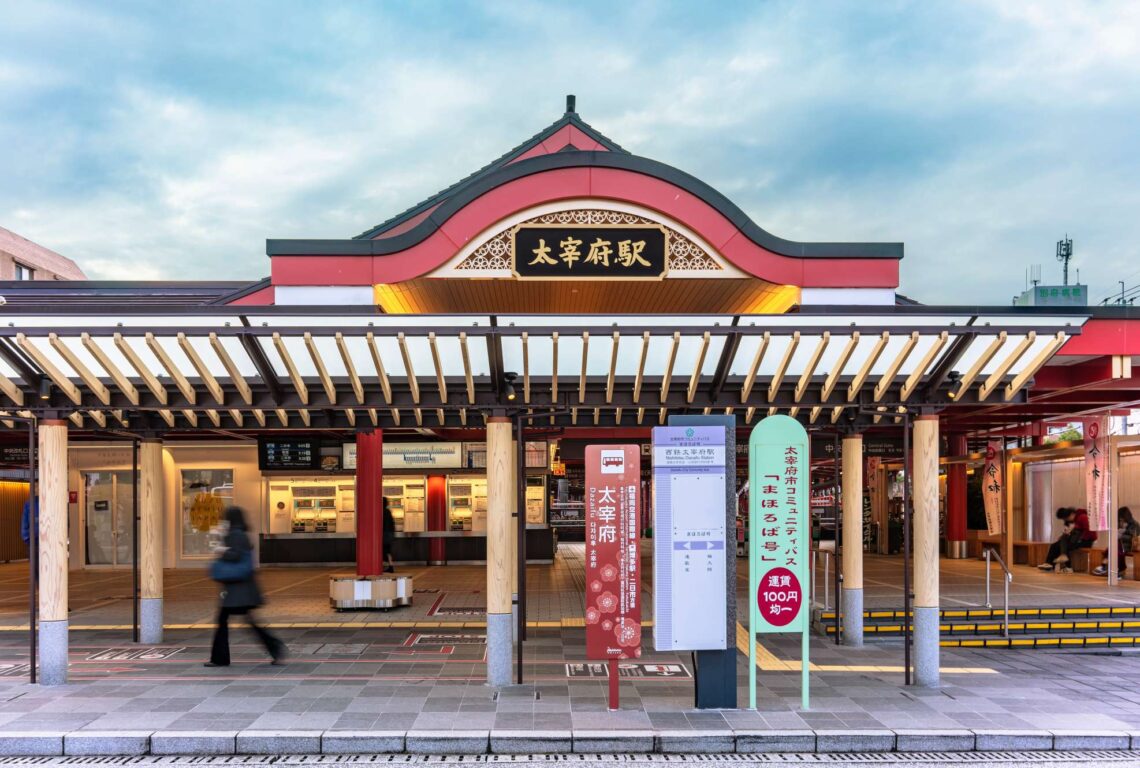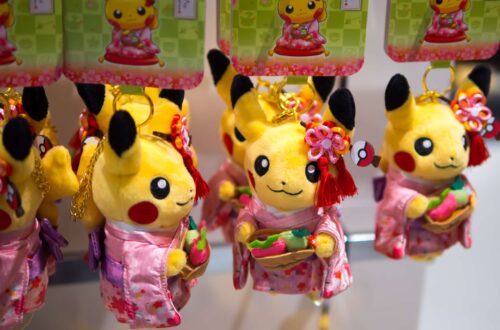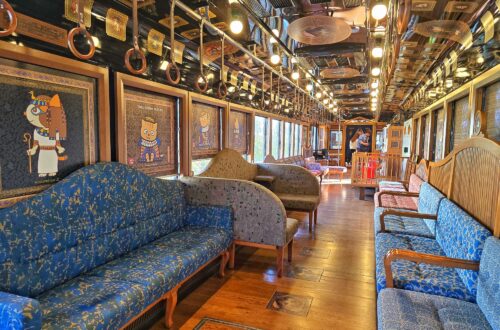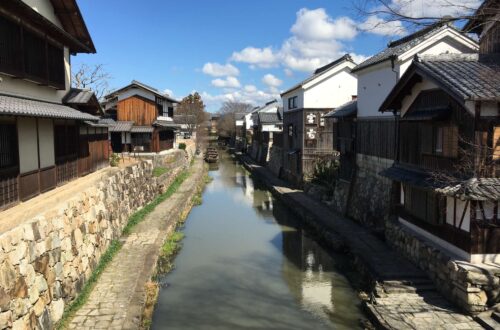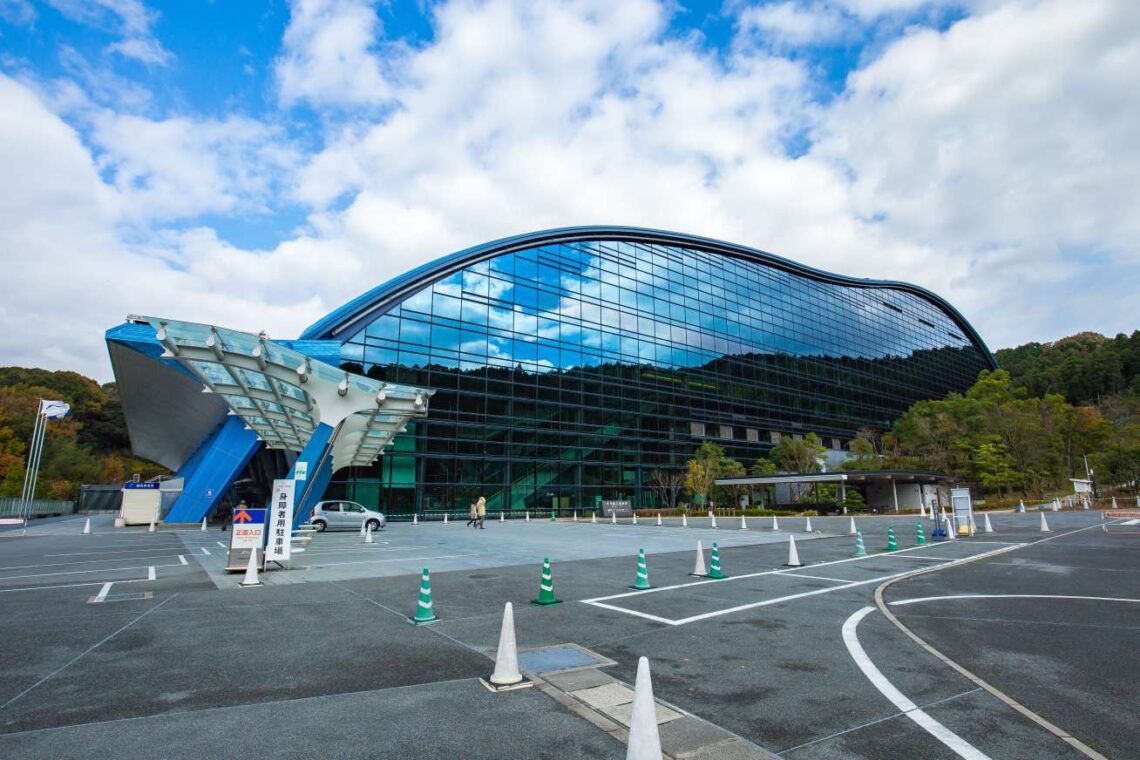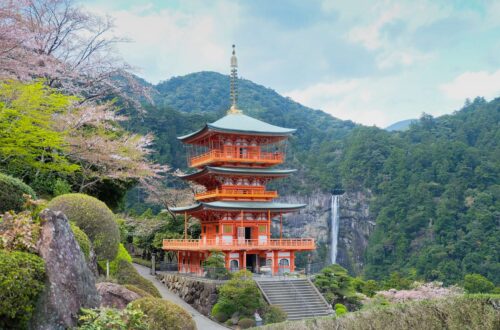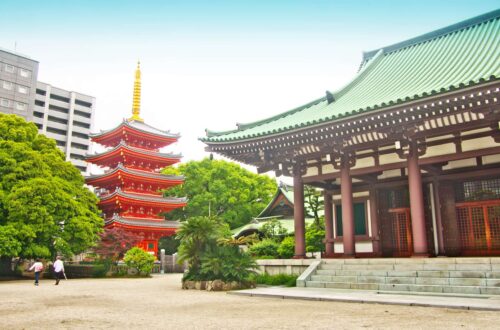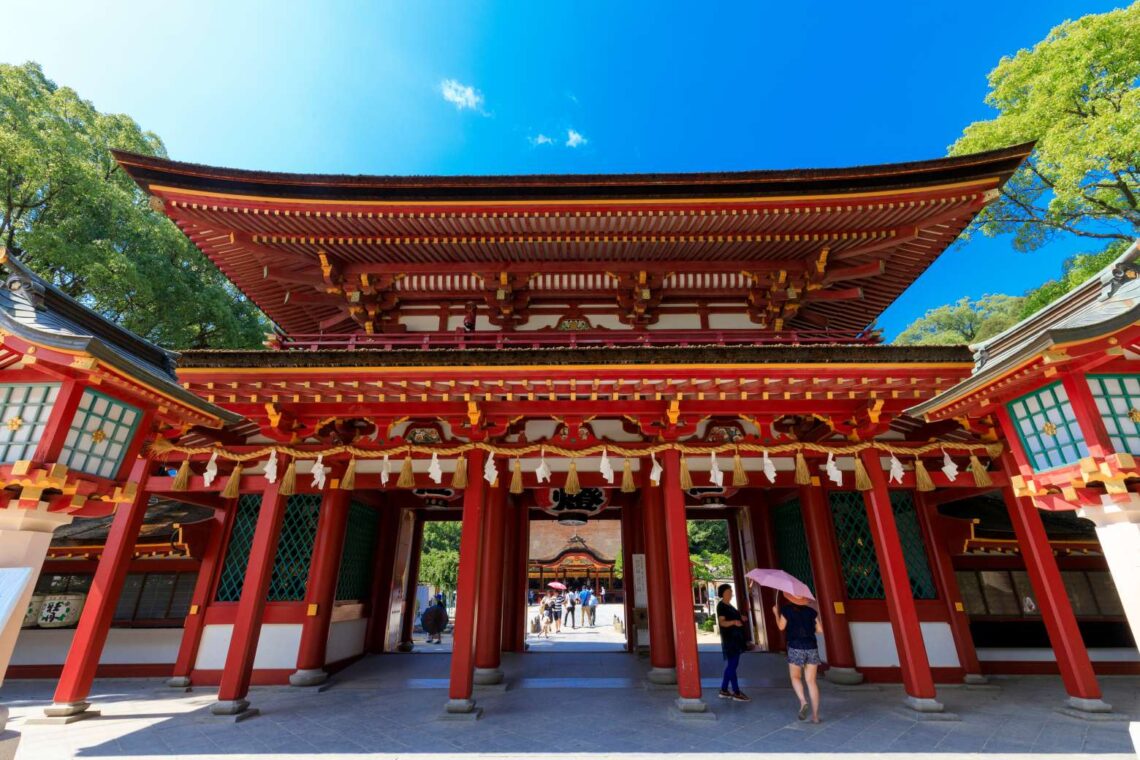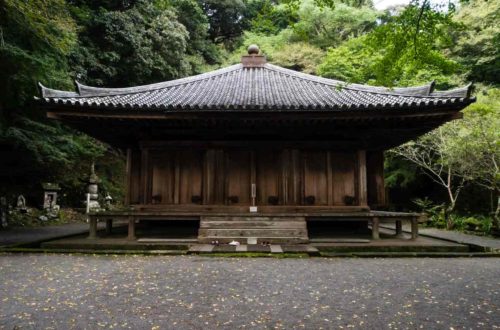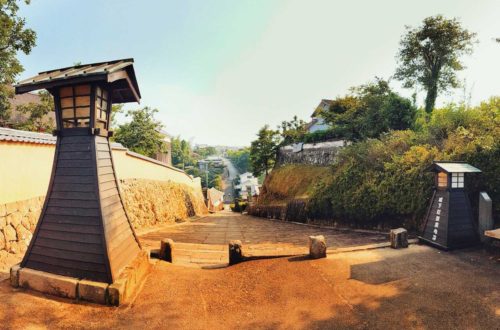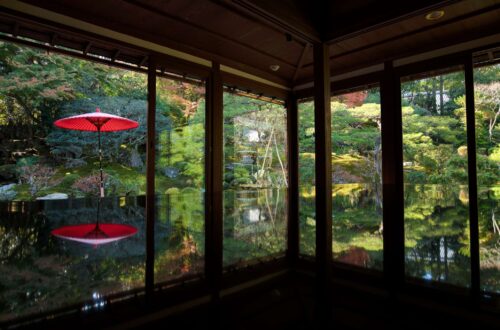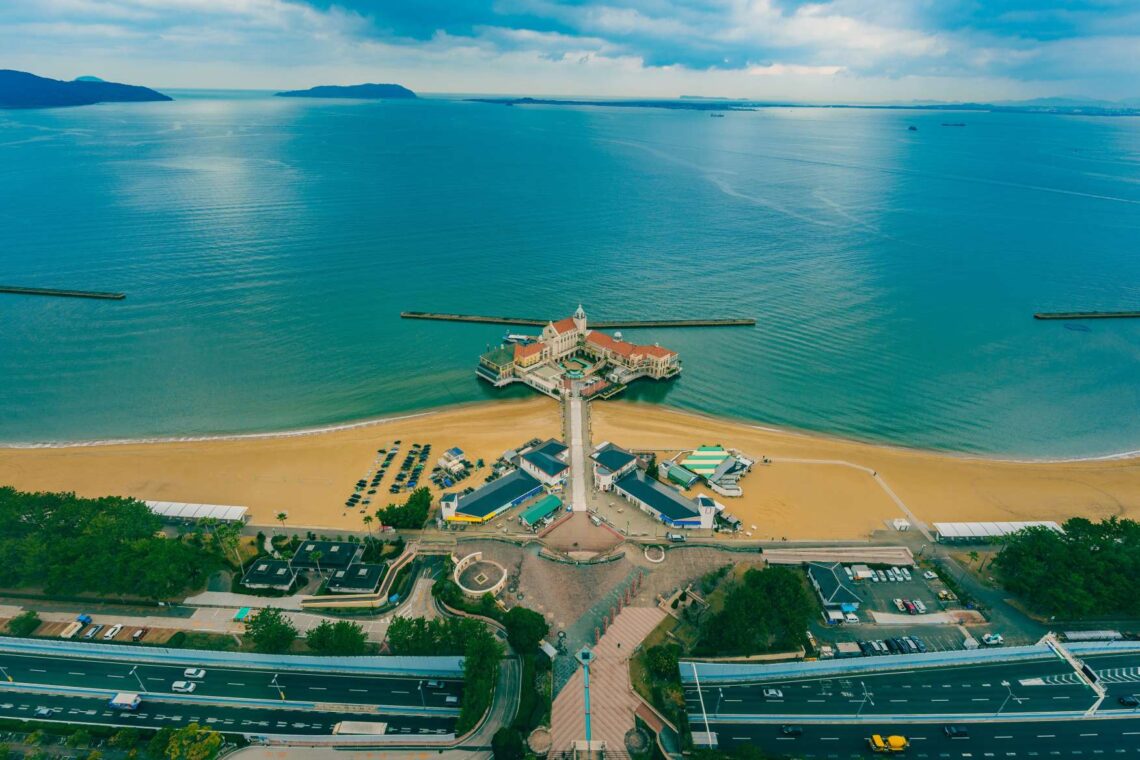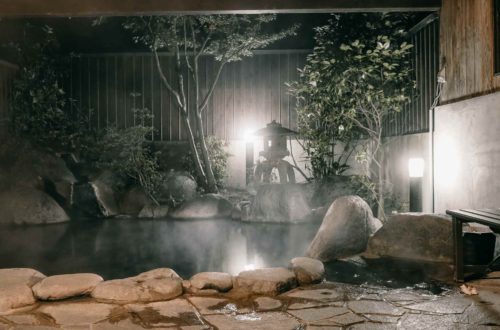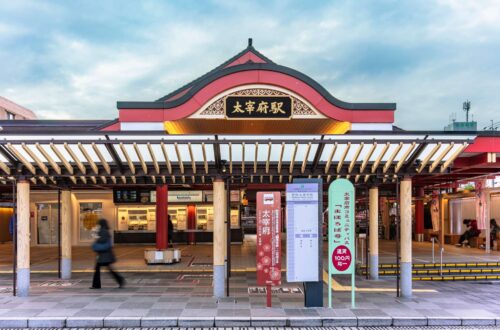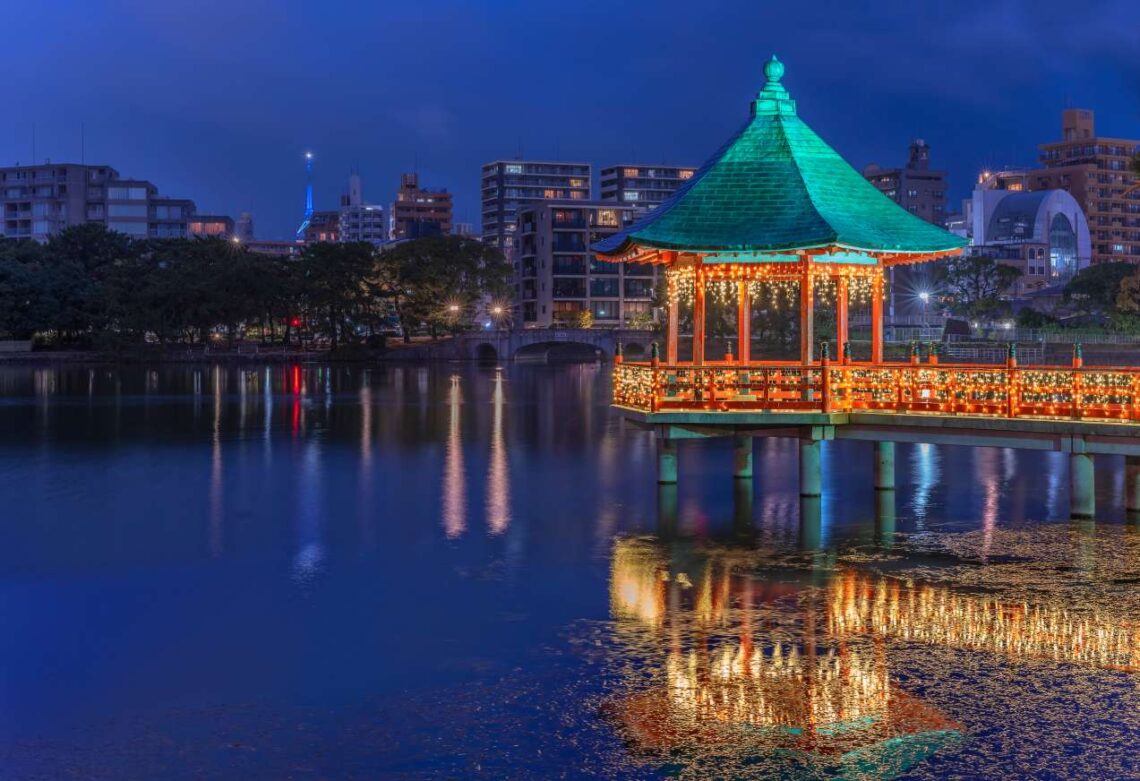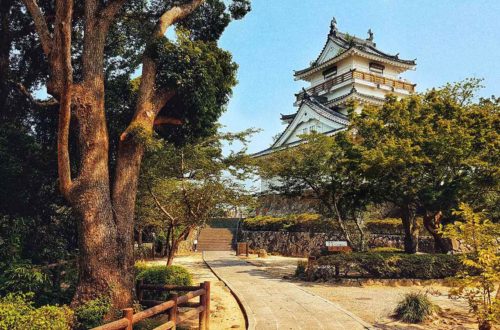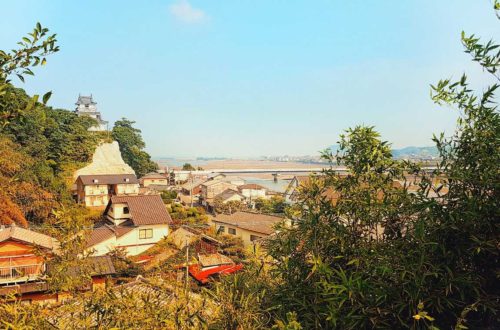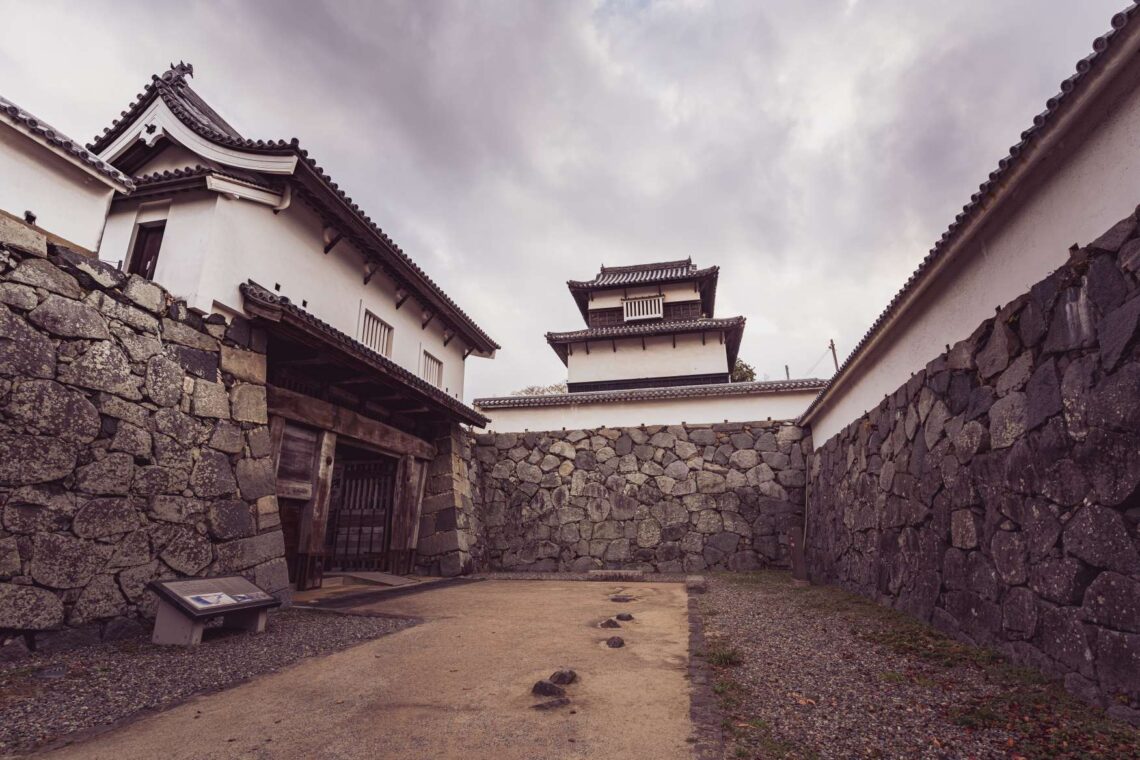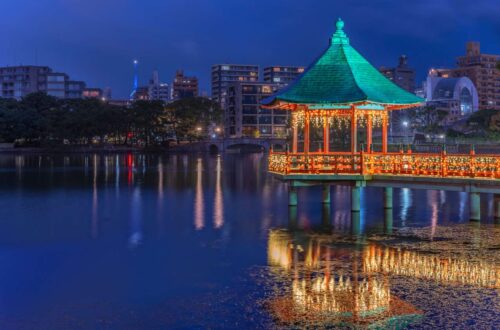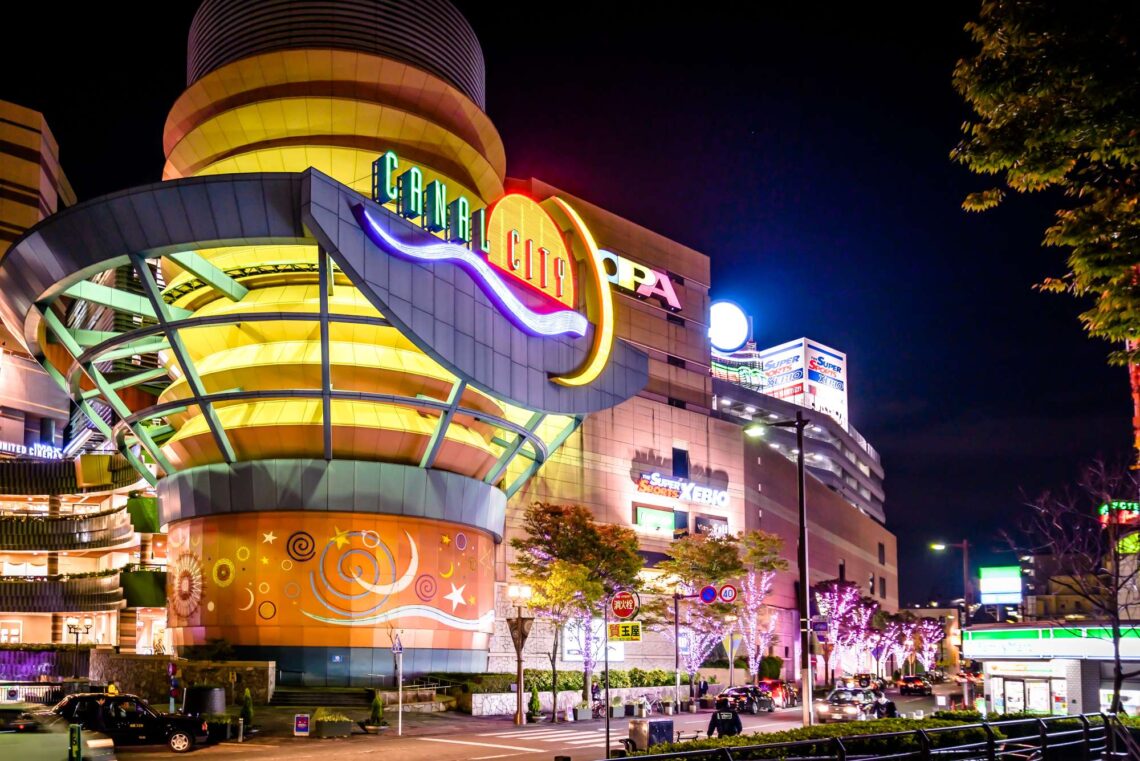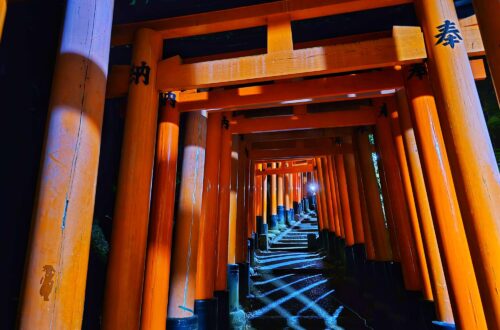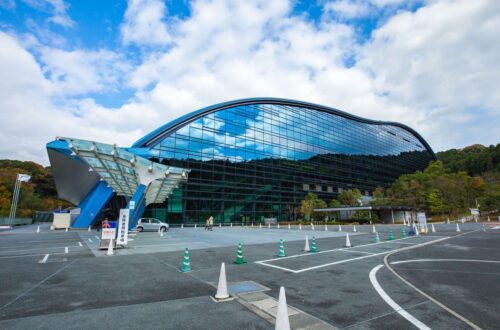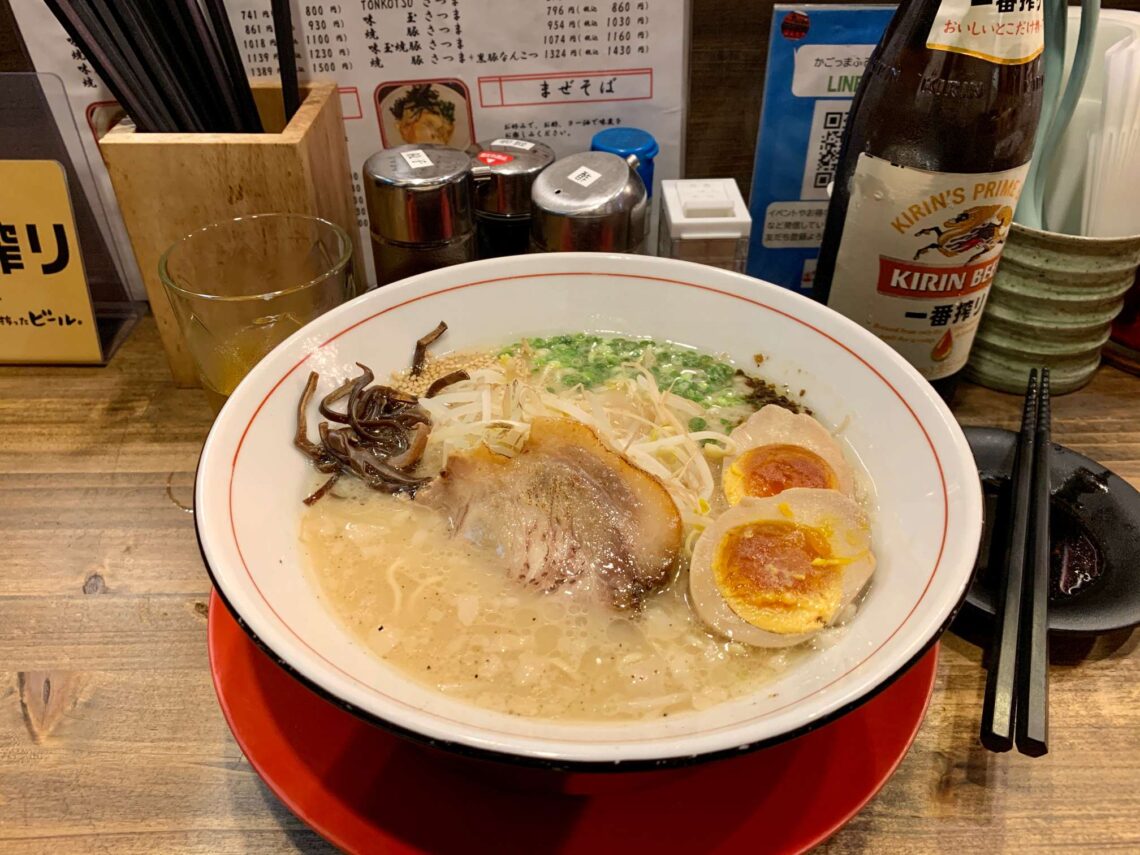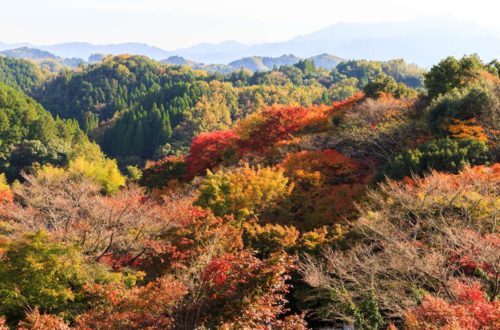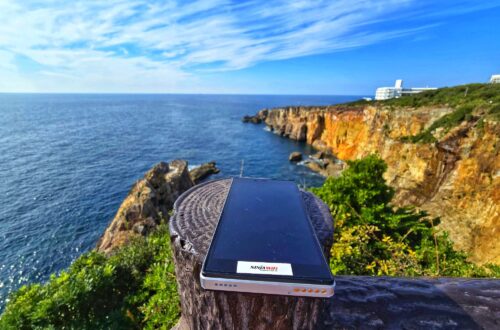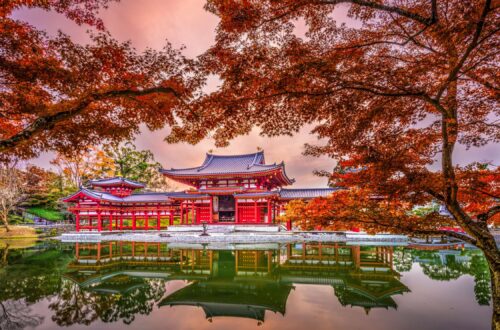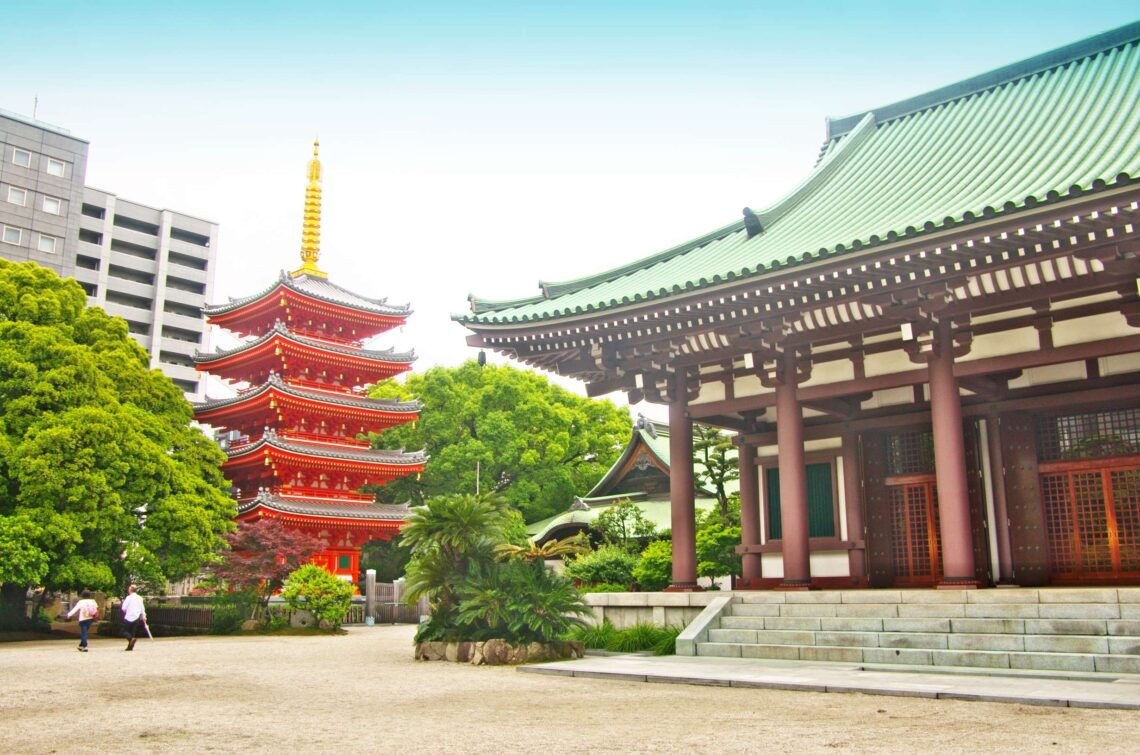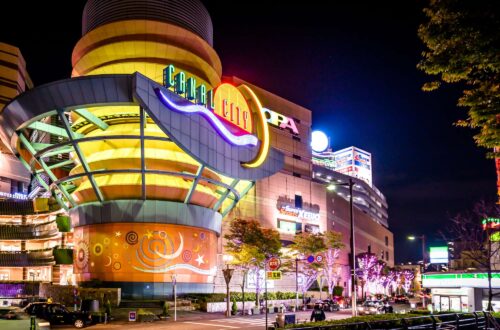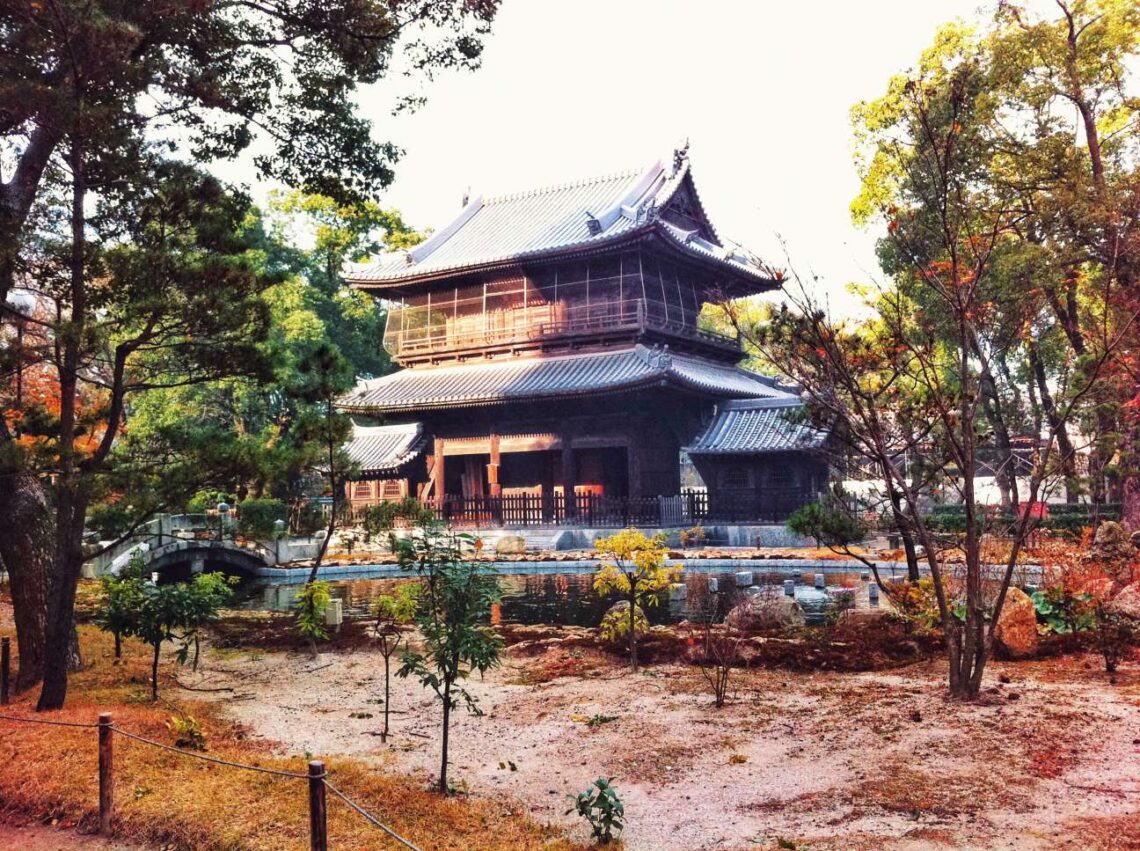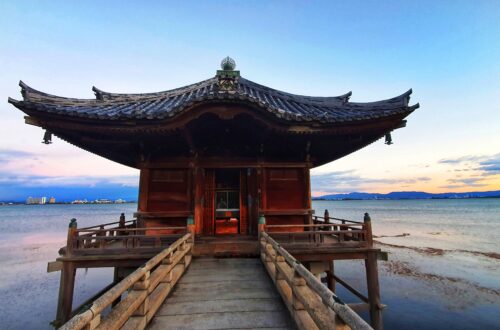-
Dazaifu – The Ultimate Guide to Japan’s Former Western Capital
Did you know the small city of Dazaifu (太宰府) was once shared the status as the capital of Japan together with the famed Kyoto (京都)? Located 15 kms southeast of Fukuoka (福岡), this city once served as the bridge that connects Japan and the outside world. In fact, the city traced its origin 1,300 years ago and was once a major cultural and political hub. Despite being a fraction of its former glory today, it remains a hidden yet significant travel spot simply for its historical value. Let’s explore what the once magnificent capital has to offer: What is the history behind this small city? Which attraction is not to…
-
Kyushu National Museum – A Complete Travel Guide
Did you know there are only 4 national museums in total in Japan; with the Kyushu National Museum (九州国立博物館) being the latest? The Kyushu National Museum is the latest addition to the list of monumental national museums in Japan; the other three are in Tokyo (東京), Kyoto (京都) and Nara (奈良). While the former three museums were constructed during the 1800s, this one has a distinction of being completed in the 21st century (2005 to be precise). Because of this, the opening of the museum is seen as an eventful occassion among locals. It is also currently the only national museum that is located in the small town of Dazaifu…
-
Dazaifu Tenmangu – A Complete Guide to Japan’s Poetic Shrine
Ask any local in Fukuoka (福岡) to name a shrine, and there is a high chance that Dazaifu Tenmangu will be the first in their mind. Dazaifu Tenmangu (pronounced Dazaifu Tenmangū/Dazaifu Tenmanguu/太宰府天満宮) is the largest shrine in the island of Kyushu’s (九州) and like every other shrine, is known for its stunningly beautiful architecture. Despite its famed reputation, it also holds a tragic past in regards to its founding. With that in mind, let’s explore the history and also what the complex has to offer: Read more about its deep history and tragic backstory here. Check out the town near the shrine entrance for these unique local attractions. Let’s explore…
-
Seaside Momochi – A Complete Guide to Fukuoka’s Seaside Getaway
Fukuoka (福岡) features a variety of relaxing destinations; one such being Seaside Momochi (シーサイドももち). While Japanese cities aren’t exactly known for their beaches, Fukuoka is one exception and it is not just the beach, but also for its beautiful coastline sceneries. The site was once developed by the local authorities in order to host the Asia-Pacific Exposition Exhibition happened in 1989. Local authorities proceeded with the project to develop one of Japan’s largest man-made beaches. And the result is a stunningly beautiful waterfront area; featuring a variety of attractions including a beach area, museums, libraries and an observatory tower. Today, I shall introduce one of Fukuoka’s attractive sites for stunning…
-
Ohori Park – The Ultimate Guide to Fukuoka’s Tranquil Park
Ohori Park (or Oohori-Kouen/Ōhori-Kōen/大濠公園) is a huge pleasant park located in downtown Fukuoka; and a popular getaway from the hustle and bustle of the city among the locals. It was once a defensive moat for the next door Fukuoka Castle (福岡城), before being transformed into a recreational park today. Despite being located in the middle of the city, the park is surprisingly peaceful; offering quiet moments especially for families and couples who wish to spend their time together alone. Let’s explore what this old and scenic park has to offer: Learn more about the history behind Fukuoka’s most famous park. Check out the park’s beautiful and scenic pond. Then, we…
-
Fukuoka Castle – The Beautiful Castle Ruins Within a City
Did you know the city of Fukuoka (福岡) once had a castle known as Fukuoka Castle (福岡城)? Once considered the largest bastion in Kyushu (九州), today only the ruins of it remained in a park located in the city. So much so that it is called the Fukuoka Castle ruins (福岡城跡/Fukuoka-jo Ato); in which ‘Ato/跡’ here refers to ruins. Despite that, it is a well-known attraction among the locals simply for its atmospheric ruins and peaceful surroundings. So what makes the castle ruins a unique attraction on its own? Let’s explore the area further to discover it’s beauty: Find out more about the history of a castle that was once…
-
Canal City – A Complete Guide to Fukuoka’s Architecture Marvel
What comes in mind when you hear the name ‘Canal City’? Chances are you will immediately think of cities like Bangkok and Venice; or even Kurashiki (倉敷), a traditional town near Tokyo (東京) famed for its gorgeous canals. Today’s post however is not about traditional towns; however it is about Canal City, an illustrious and architecturally gorgeous shopping complex that is located downtown Fukuoka (福岡). Canal City Hakata (キャナルシティ博多) is not only a central shopping hub, but also a remarkable architecture marvel on its own right. Located in the central point of Fukuoka makes it a popular gathering spot among locals and tourists to shop and chill while enjoying the…
-
Hakata Ramen – The Complete History of Fukuoka’s Valuable Soul Food
Intro Have you ever heard of the hearty soul food known as Hakata Ramen (博多ラーメン)? Not only is this hearty delicacy a symbol of delicacy for the city of Fukuoka (福岡), but it has also transformed from a roadside stall dish to an overseas brand. In fact, famous ramen-chain stores including Ippudo (一風堂) as well as Ichiran (一蘭) helped in accelerating the delicacy’s fame into international level. To learn more about this hearty dish, let’s dwell further into its rich history. Firstly, check out the delicacy’s rich history of evolution. Next, find out more about the ingredients that make up the tastiness of the meal. Find out how you can…
-
Tochoji – Introducing Japan’s Massive Wooden Seated Buddha
On the side of the busy Taihaku-dori (大博通り) street of Fukuoka city (福岡); lies Tochoji (Tochouji/Tōchōji/東長寺), a rather small and peaceful temple. Do not let it’s soothing appearance deceive you however, as Tochoji is one of the oldest temples in the island of Kyushu (九州). Furthermore, this temple also holds the largest seated wooden Buddha statue in Japan; so much so that even the Dalai Lama himself visited the temple to give a talk in 2018. To learn more about this impressive temple, let’s dwell into its history and complex, shall we? History of Tochoji Read More Originally established in AD 806 as a Shingon Buddhism temple (真言宗) by a…
-
Shofukuji – A Complete Guide to Japan’s First Zen Temple
Would you believe if I tell you that the temple that pioneered one of Japan’s major religion is a back alley temple within a metropolitan? That’s right, the founding temple for Zen Buddhism in Japan is Shofukuji (聖福寺); one that is not in the ever-popular Kyoto (京都) but in the city of Fukuoka (福岡). As a matter of fact, this temple was founded in AD 1195; predating Kyoto’s oldest Zen temple, Kenninji (建仁寺) by 7 years. Having said that, let’s explore this little temple that founded Zen Buddhism in Japan. History of Shofukuji Read More Shofukuji (聖福寺) was first established in AD 1195 by a Buddhist priest known as Eisai…
